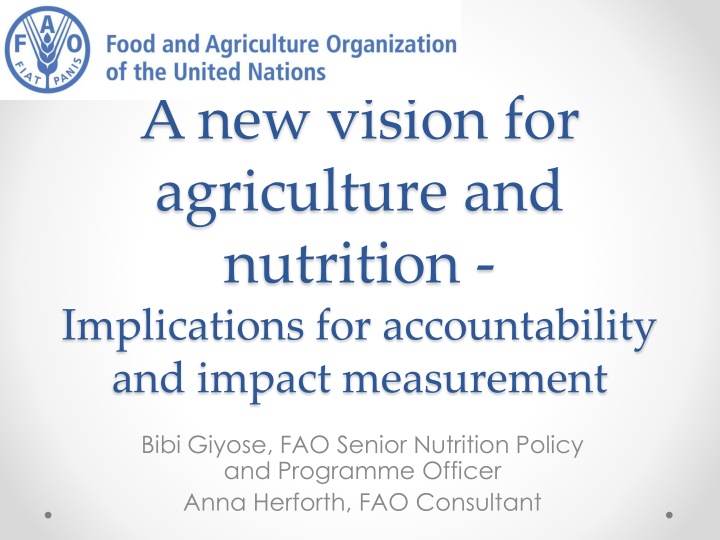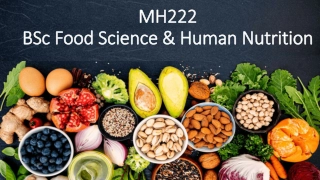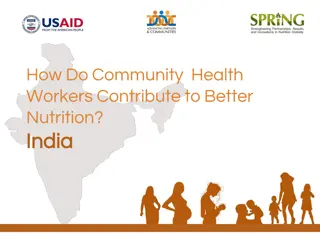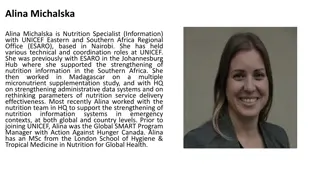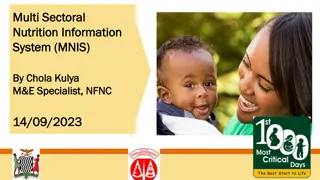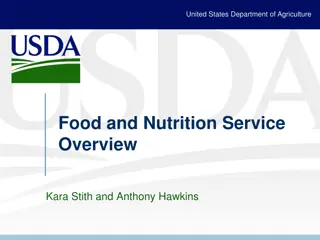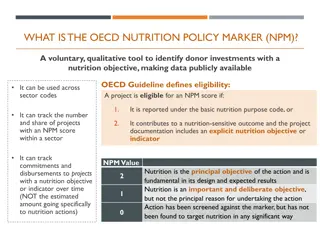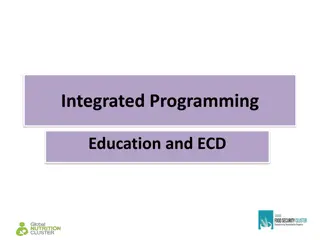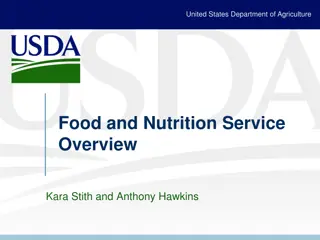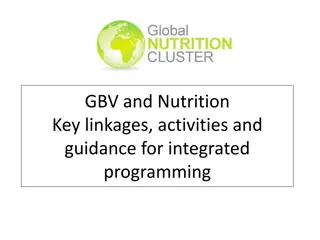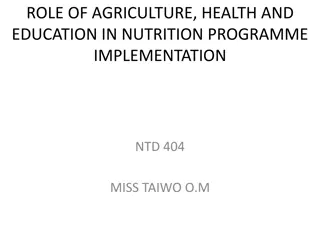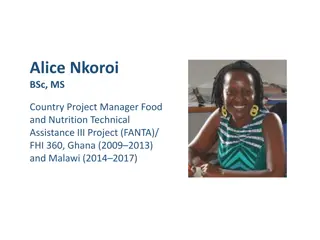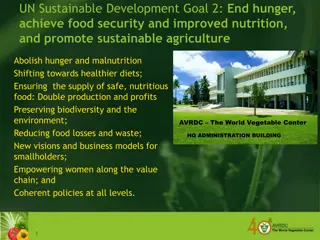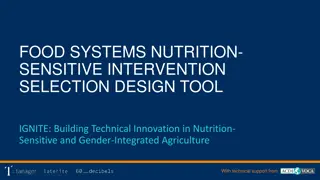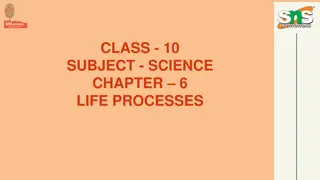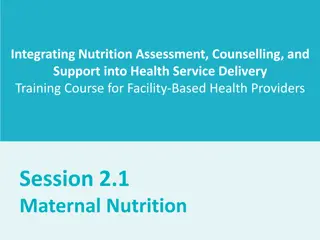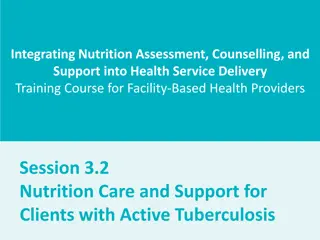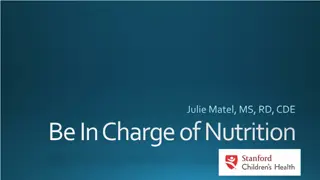Transforming Agriculture and Nutrition for Accountability and Impact Measurement
Shifting focus from traditional metrics to encompassing all forms of malnutrition, food systems, and healthy diets. Emphasizing accountability, measuring outcomes, and tracking progress towards a sustainable food system.
Download Presentation

Please find below an Image/Link to download the presentation.
The content on the website is provided AS IS for your information and personal use only. It may not be sold, licensed, or shared on other websites without obtaining consent from the author.If you encounter any issues during the download, it is possible that the publisher has removed the file from their server.
You are allowed to download the files provided on this website for personal or commercial use, subject to the condition that they are used lawfully. All files are the property of their respective owners.
The content on the website is provided AS IS for your information and personal use only. It may not be sold, licensed, or shared on other websites without obtaining consent from the author.
E N D
Presentation Transcript
A new vision for agriculture and nutrition - Implications for accountability and impact measurement Bibi Giyose, FAO Senior Nutrition Policy and Programme Officer Anna Herforth, FAO Consultant
Accountable for what? A new vision for agriculture & nutrition In the past, focus on: o staple crop production, o calories, o poverty reduction / income Today: o Food systems have changed: urbanisation, globalisation, market integration o Triple burden of mlanutrition New vision captured in ICN2 & SDGs: o All forms of malnutrition o food systems o healthy diets o Multi-sectoral approach Need to do business differently and to measure progress and impact differently
Why is measurement important? Accountability : o Are we doing what we say? o Are we doing the right things ? Identifying good practices to improve policies and programmes What gets measured get managed : Information shapes & drives policy: o Current information systems focus on a vision of agriculture from 50 years ago (World Bank, 2014): the focus on statistics on staple production and prices leads to policies that prioritize staple food production.
What should we measure? Food security and nutrition situation (surveillance / baseline) Food security and nutrition actions (policies, programmes, investments ) Food security and nutrition outcomes of the actions (monitoring & evaluation)
Tracking progress towards the achievement of our vision (outcomes) For situation assessments, and M&E, we need a suite of food security and nutrition-related indicators that reflect a healthy and sustainable food system Past: focus on staple production access to calorie as indicators of poverty Looking forward: Diet quality: individual food consumption Food environment: availability, affordability, convenience & desirability of foods (Herforth and Ahmed, 2015) Gender & social equity Environmental sustainability (biodiversity, climate smart , water)
Categories of indicators to be considered Total sample size needed: 1,800-48,000 Total sample size needed: ~230-700 Source: Herforth, A and Ballard, T. 2015. Survey of Nutrition Indicators in Agriculture: What is being measured, what is not being measured, and what can we expect to learn? *The food environment constrains and signals consumers what to purchase. It consists of the availability, affordability, convenience, and desirability of various diverse foods. (Herforth and Ahmed 2015) Interventions can affect the food environment, and thus the kinds of foods likely to be consumed by consumers.
Tracking progress on outcomes: challenges & opportunities Challenges: o Very little individual food consumption data collected & limited capacities to do so o Limited information on drivers of food choices and food environment Opportunities: o New indicators e.g. Women s Dietary Diversity Score o Growing body of research on improved methods and metrics IMMANA o Increasing number of investments including nutrition indicators in M&E o Capacity development initiatives emerging
Tracking what we do to achieve our vision Ideally, what actions should we monitor? Policies and legal frameworks that shape the food environment Public programmes & investments (government and through development partners) that support the implementation of policies Private sector investments: o big (large national and multi-national corporations) o Small Medium Enterprises o Farmers
Types of policies that impact the food environment & diets Source : Global Panel on Agriculture and Food Systems for Nutrition, 2014
Tracking progress on actions: challenges & opportunities Challenges: o Tracking actual implementation of policies o Tracking private investments very difficult o Limited Capacities: even basic monitoring often not in place o Monitoring impact of policies on diets difficult because of long & complex impact pathways + interactions between policies. o Positive impacts on diets can usually come from coherent set of policies / actions Opportunities: o Numerous initiatives are mapping, tracking, analyzing investments and policies in food and agriculture opportunity to leverage this data for nutrition-related analysis o Mapping initiatives at country level in context of SUN
Conclusion: keys for successful evaluation & accountability Many challenges persist but many opportunities and initiatives underway to tackle them Even with imperfect information systems, need to maximize use of knowledge we have and share experiences (case studies) because changes in policies needed now need to learn by doing Strategic linkages to be strengthened: o Between research, policy and field implementation o Between sectors (namely health, agriculture, social protection, education)
